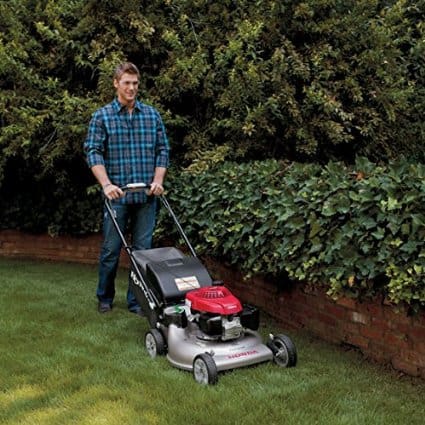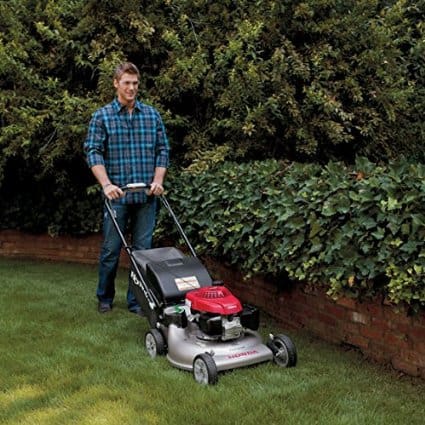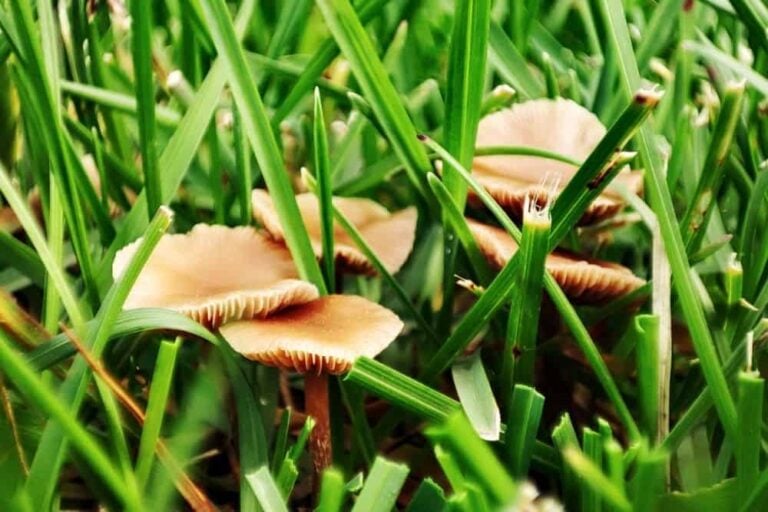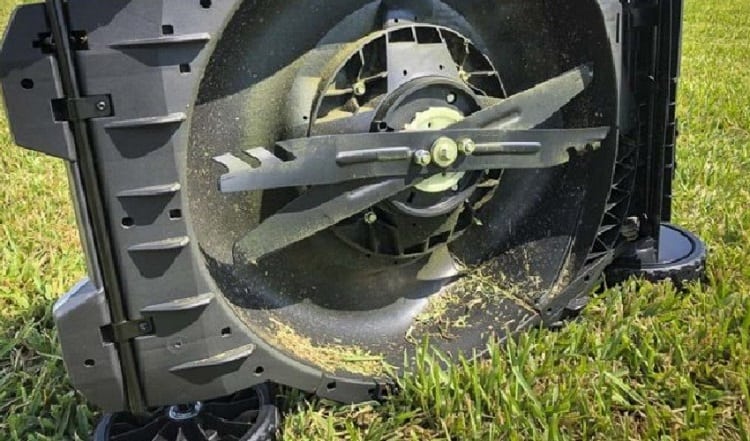How Long Should I Leave The Sprinkler On?
If you have a rather large garden or yard, you will probably notice that manually watering the plants and the lawn can be exhausting. On the other hand, watering manually can raise many issues related to the quantity of water you use.
For this reason, many homeowners and gardeners choose to install sprinklers. I have them too, and I have to say that sprinklers are the best way to water my garden and my lawn.
Nevertheless, I have to admit that I have had a rough time while figuring out for how long should I leave the sprinkler on. If you are facing the same issue, you will find the answer in this article.
Types Of Sprinkler System
Before getting to the big question, let’s first discuss the types of sprinkler systems. There are four of them, and choosing the right one is essential to minimize water consumption and increase watering efficiency. Remember that a well-designed irrigation system can help you avoid over-watering.
Here are the four types of sprinkler systems:
Traditional Spray System
As the name says, these sprinkler systems are the most common irrigation systems available on the market. They are generally automatic and are equipped with pop-up spray heads with adjustable watering ranges.
In fact, you will be able to choose if you want the sprinkler to spray water in full circle, half circle or quarter circle.
If you have a traditional spray system, pay attention to position the heads to spray next to the other to ensure a full coverage. Also, pay attention to use the same type of heads to ensure a uniform distribution of water.
Rotor System
The rotor system sprinklers are more efficient compared to the spray systems, as they have a slower watering rate. These systems also present the advantage of being versatile, the manufacturers producing rotor irrigation systems suitable for oddly-shaped or small areas.
Soaker Hoses
These systems are not actually sprinklers, as the hoses actually soak water and transfer it to the ground directly. These irrigation systems are ideal for vegetable gardens, as you will avoid watering the leaves of your crops.
Drip Systems
The drip systems are probably the most professional sprinkler systems on the market. They can be soaker systems, bubblers or micro-sprayers, and are ideal for lawns, flowerbeds, and vegetable gardens. They can also be successfully used around trees and bushes.
The drip systems not only can be customized to meet your needs, but they also feed water directly to the base of the plants at a slow rate, allowing the soil to absorb it properly.
But enough with the theory. Now, that you can decide what type of sprinkler system to install, let’s answer the main question, namely “How long should I leave the sprinkler on?”
Before getting into detail, I must say that this question doesn’t have a universal answer. How long you should leave the sprinkler on depends on the type of soil in your area, the weather, and the plants you need to water.
However, there are a few general rules you can follow. So, let’s see how long you should leave the sprinkler on when watering the lawn, the flowerbeds or your veggies garden.
How Long Should I Leave The Sprinkler On: Lawn
To determine how long you should leave the sprinkler on for the watering of your lawn, there are a few steps to take:
1. First of all, you should determine the type of lawn you have. If you’re not sure about the type of grass growing in your yard, you should ask an expert gardener for advice, as not all grass types have the same watering requirements. In fact, the warm-season types of grass require less watering during summer than the cold-season types.
2. Once established the type of grass, you should determine the water output of the sprinkler system. To do this, you should position 6 containers (small cans) at even distances on the lawn. Turn on the sprinklers for 20 minutes and measure (with a ruler) the depth of the water in each container. To determine the water output per hour, multiply the average depth per three.
3. With the above information, you can determine how long you should leave the sprinkler on. As a general rule, most types of grass require about 1 inch of water per week. This means that if your sprinkler has an output of one inch per hour, you should water your lawn for one hour each week.It is recommended to provide the necessary amount of water in a single watering session rather than insufficient water in more sessions.
4. Lastly, make sure to adjust the watering based on the weather. If the season is rainy, diminish the use of the sprinklers. On the contrary, if the weather is too dry or windy, increase the watering frequency.
How Long Should I Leave The Sprinkler On: Flowerbeds
To determine for how long you should leave the sprinkler on to water your flowerbeds, you should make sure you know what plants you have. As a general rule, you should aim to give at least an inch of water per week to your plants.
How Long Should I Leave The Sprinkler On: Vegetable Garden
In the case of a vegetable garden, the water demand increases and you should usually provide at least two inches of water per week. Test the soil with a rod to see if it is moisturized enough and remember that sandy soils usually need more watering.
Watering Tips
1. Water early in the morning or late in the evening, or the roots of your plants might suffer from the intense heat.
2. Set a slow watering rate. You should allow the soil to absorb the water or you will increase water waste.
3. Adjust the watering range of your sprinklers to ensure an even distribution of water.
Final Thoughts
As you can see, determining how long you should leave the sprinkler on is not hard, you just have to know the characteristics of your soil and of your plants.
How do you water your plants? Do you use a different method to determine how long you should leave the sprinkler on? Leave a comment and share your thoughts or concerns.
And remember, a sprinkler system is more efficient than manual watering, so it’s time to invest in one!
Related – Best Sprinkler Controllers




